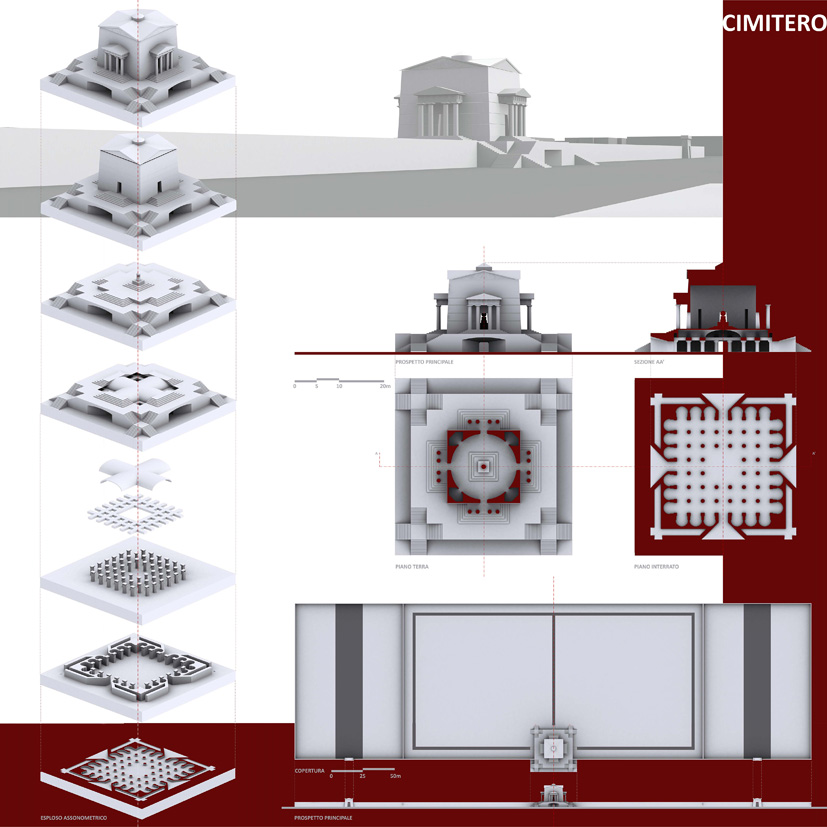
Silent cities visualization. The case study of the Main Cemetery of Padua & the Cemetery Island of San Michele in Venice: preliminary reflections
Abstract
The complexity of cultural management processes in historical cities calls for methods and tools to improve the understanding of the urban realm and underlying relationships and connections. In this sense, visualization as a tool for analysis, exploration, and communication has become a driving force in the task of unravelling the complex urban fabrics that form historical cities. At present, there are several research projects which have been developed on the visualization of some historical cities. Unfortunately, up to now, many of these projects have focused on the study of the city of the living, relegating the city of the dead to the background. However, it should be remembered that there has not always been this distinction between the spaces assigned to one or the other, but for centuries the city has been shared by both.
Keywords
Full Text:
PDFRefbacks
- There are currently no refbacks.
Copyright (c) 2018 David Navarro Moreno, Maria Jose Muñoz Mora, Stefano Zaggia
DISEGNARECON
ISSN 1828 5961
Registration at L'Aquila Law Court no 3/15 on 29th June, 2015.
Indexed in SCOPUS. Diamond Open Access. All papers are subjected to double blind peer review process by qualified reviewers.
Journal founded by Roberto Mingucci
